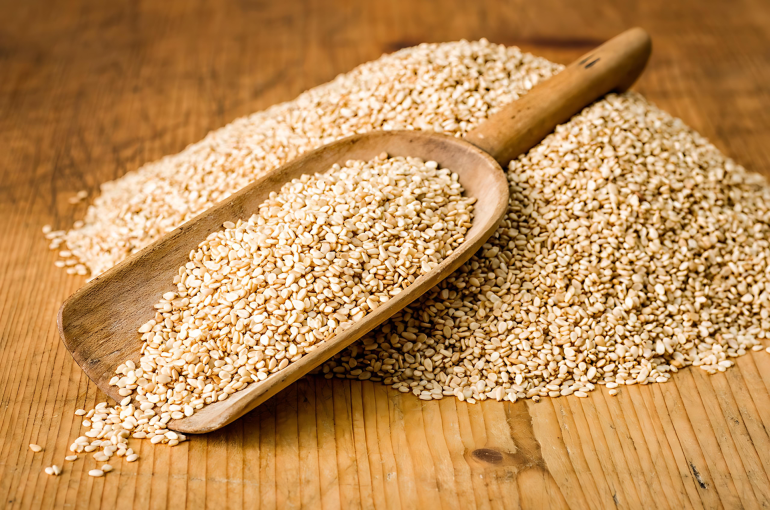Paraguay’s sesame production has reached a historic milestone this 2024-2025 season, with output totalling 70,000 tonnes, an 89 per cent increase compared to the 2023-2024 season. Approximately 90 per cent of Paraguay’s sesame production is destined for export, leaving only 5 to 10 per cent processed for domestic use.
Of the total volume marked for export, around 60 per cent has already been shipped, while a significant 40 per cent remains in storage, an unusually high proportion for this stage of the year. According to Gilberto Ozorio, president of the Paraguayan Chamber of Sesame Exporters (Capexse), yields and product quality have been strong across both sesame varieties, despite slower activity in global markets.
Favourable weather drives successful season
Ozorio reported that the harvest has concluded, with export companies currently managing the shipment of acquired lots. He explained that timely rainfall enabled producers to plant during the optimal window, which supported a smooth production cycle. This marked a clear improvement over previous seasons, which were often disrupted by unpredictable climate conditions.
Although some long-cycle, late-planted varieties, particularly in the Chaco region, were affected by high humidity, the overall impact on quality was considered minimal.
Sesame production expands with more land
Cultivation of confectionery-grade sesame reached between 50,000, and 55,000 hectares this season, representing an increase of over 20 per cent compared to the previous cycle. Output from this variety totalled approximately 20,000 tonnes, up from 18,000 tonnes the previous year.
At the same time, mechanised sesame production experienced even more notable growth. The cultivated area increased by 186 per cent, reaching 100,000 hectares. This expansion resulted in an output of 50,000 tonnes, more than doubling the 19,000 tonnes recorded in the previous season.
According to Ozorio, this high volume has led to an oversupplied market. The export cycle, which would typically conclude by mid-year, is now expected to extend further due to slower demand and downward pressure on prices.
Strong export activity, despite price pressures
While global demand has been subdued, Paraguay has maintained strong export activity. However, the increase in volume has not translated into higher earnings, as international prices have declined. Ozorio indicated that other sesame-producing countries are pushing more aggressively into global markets, creating stronger competition. Despite this, the local sector is adapting to these changing conditions in order to remain competitive.
In 2024, sesame export revenues reached between US$ 50 and 60 million. The outlook for the second half of 2025 remains uncertain, and producers are being encouraged to maintain production standards and reinforce the country’s position in the global sesame trade.
The rise in sesame production is part of a broader trend of strong performance across Paraguay’s agricultural sector. In addition to sesame, wheat production has also reached a record high in 2025, underscoring the resilience and potential of the country’s farming industry. Favourable weather and expanded planting areas have contributed to this achievement, strengthening Paraguay’s role as a reliable exporter of agricultural goods.


